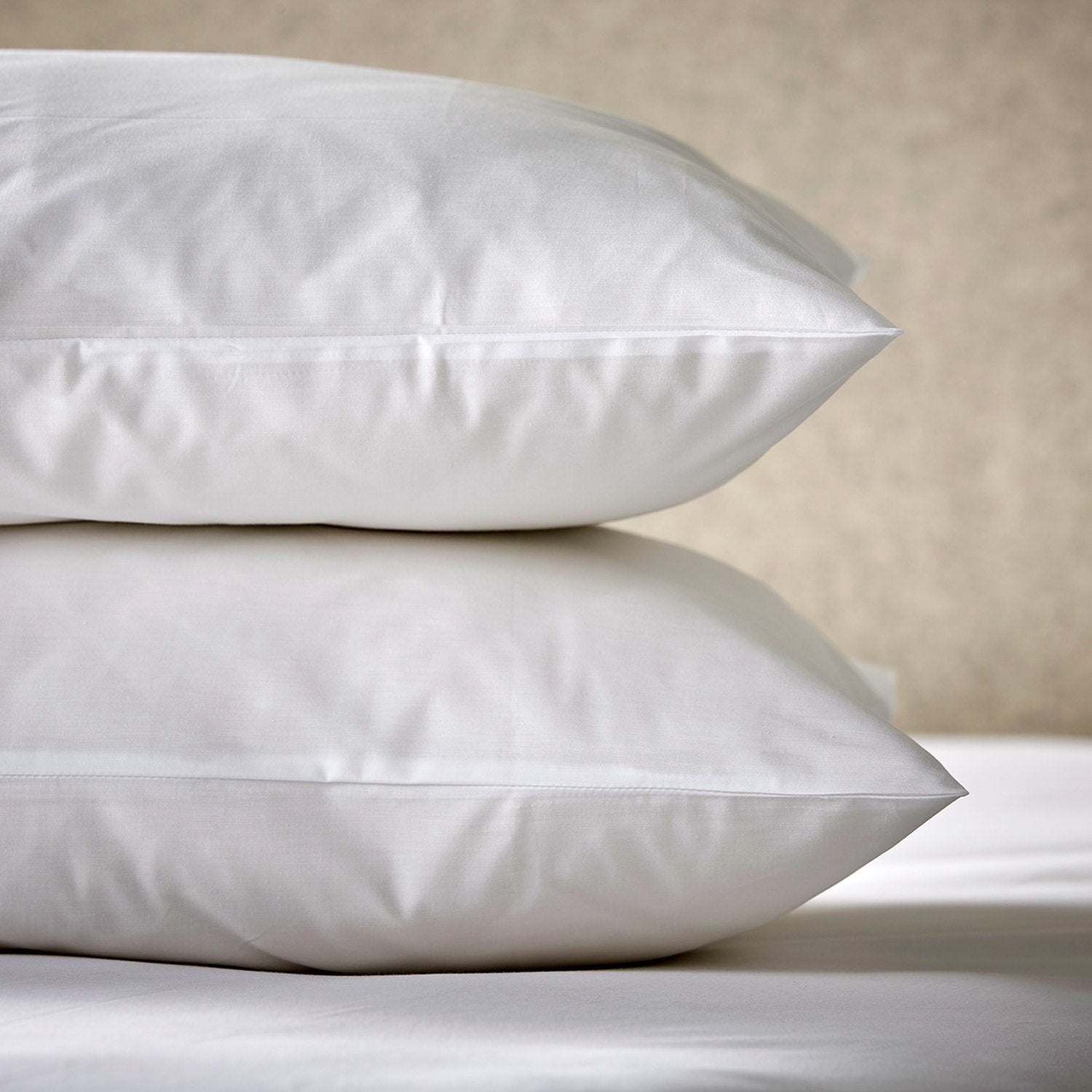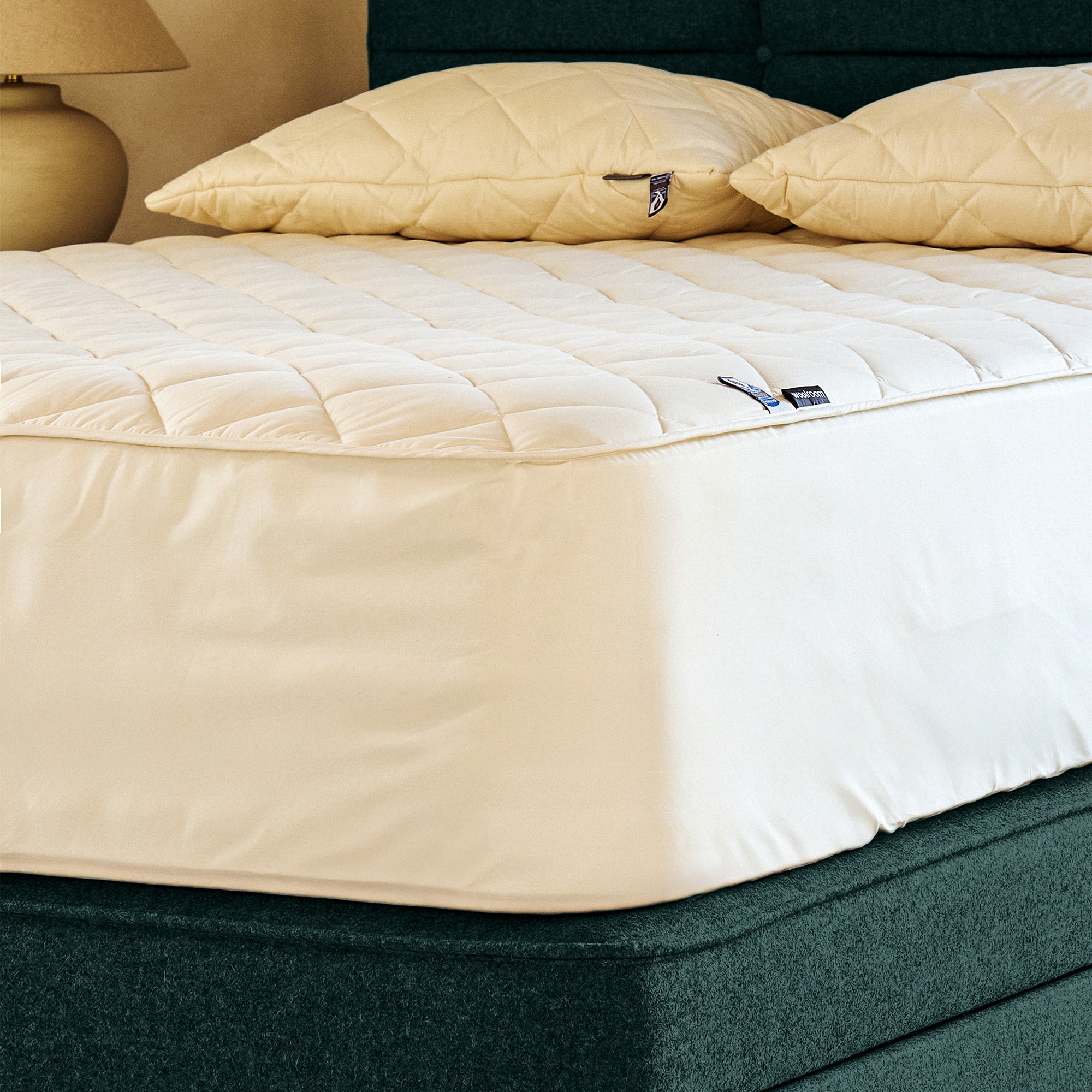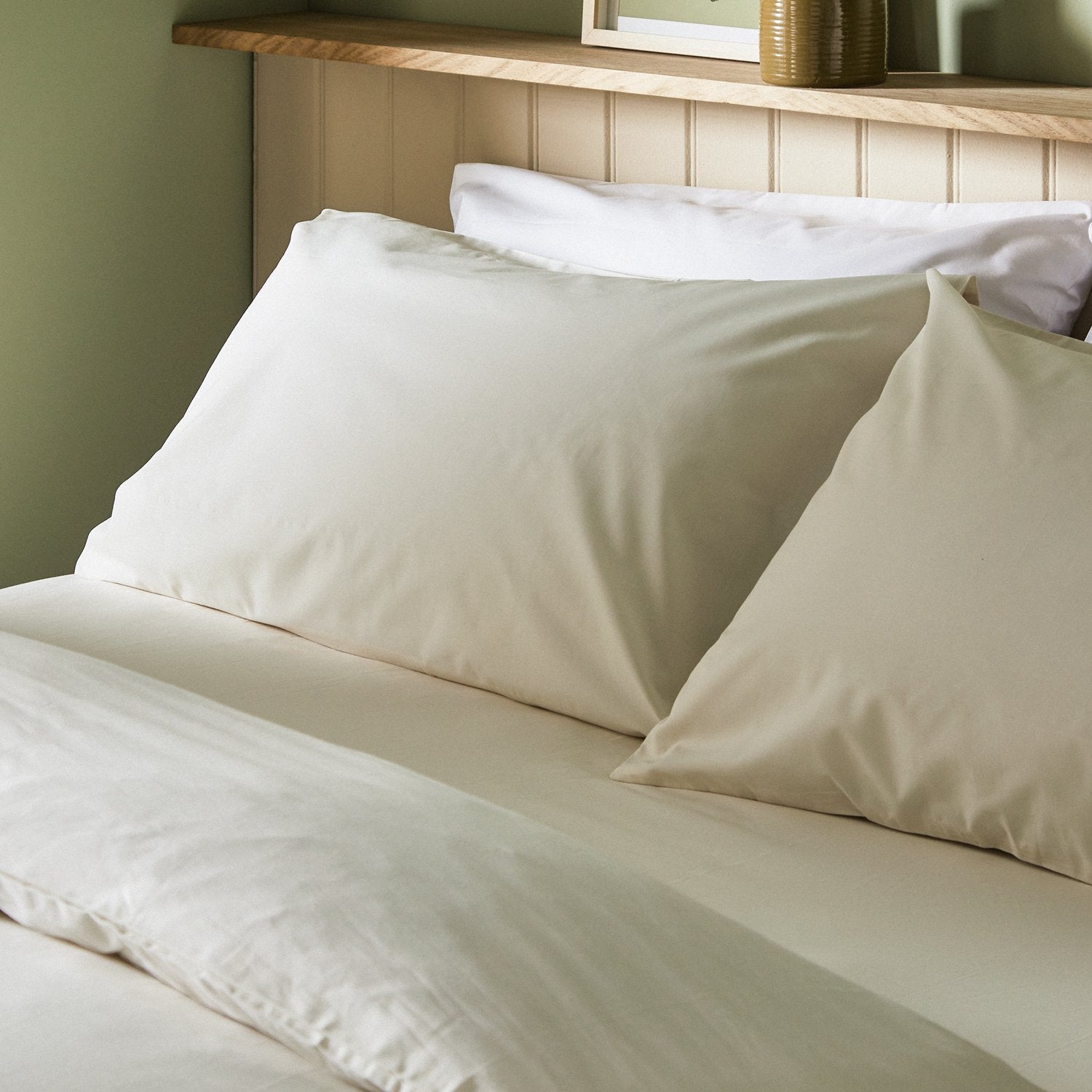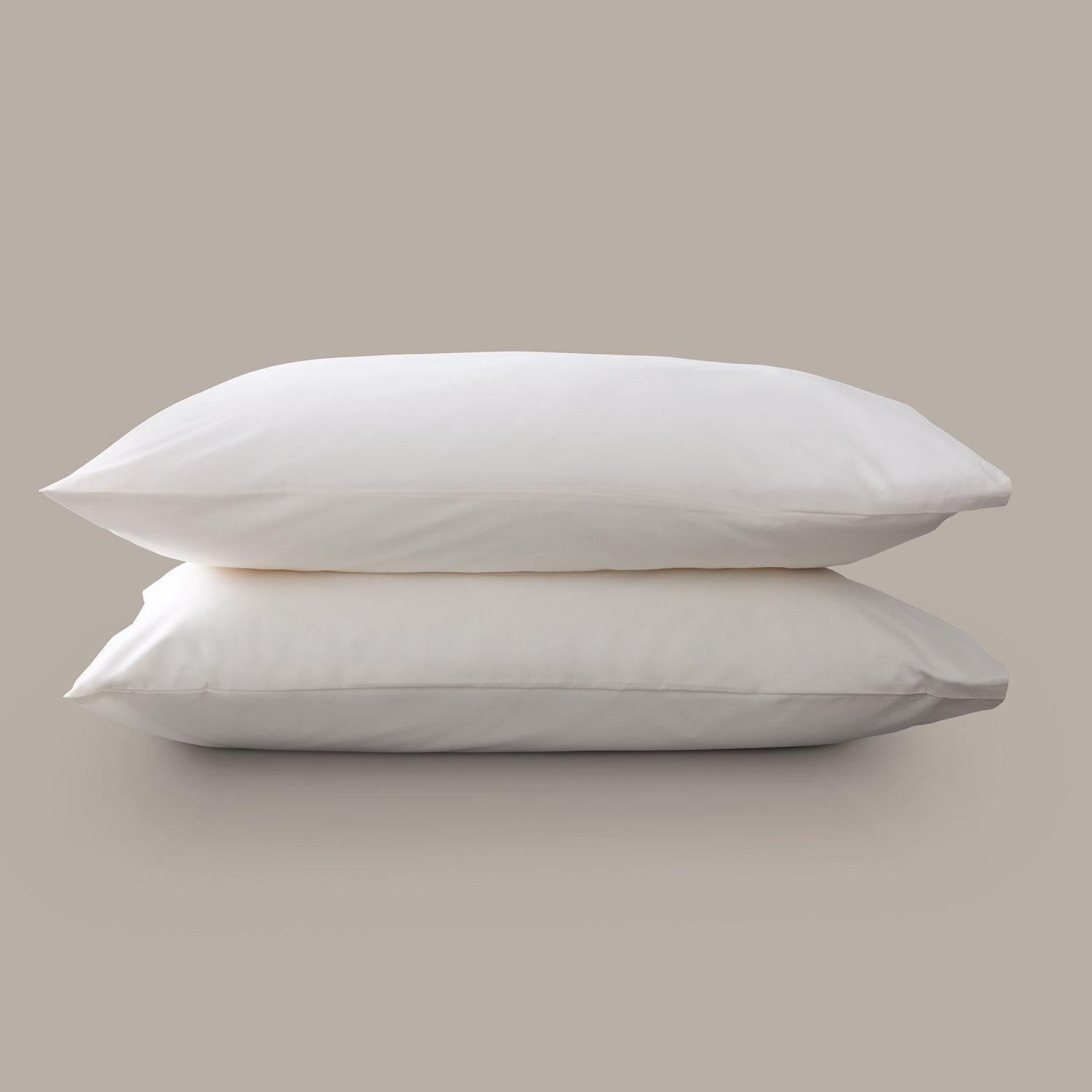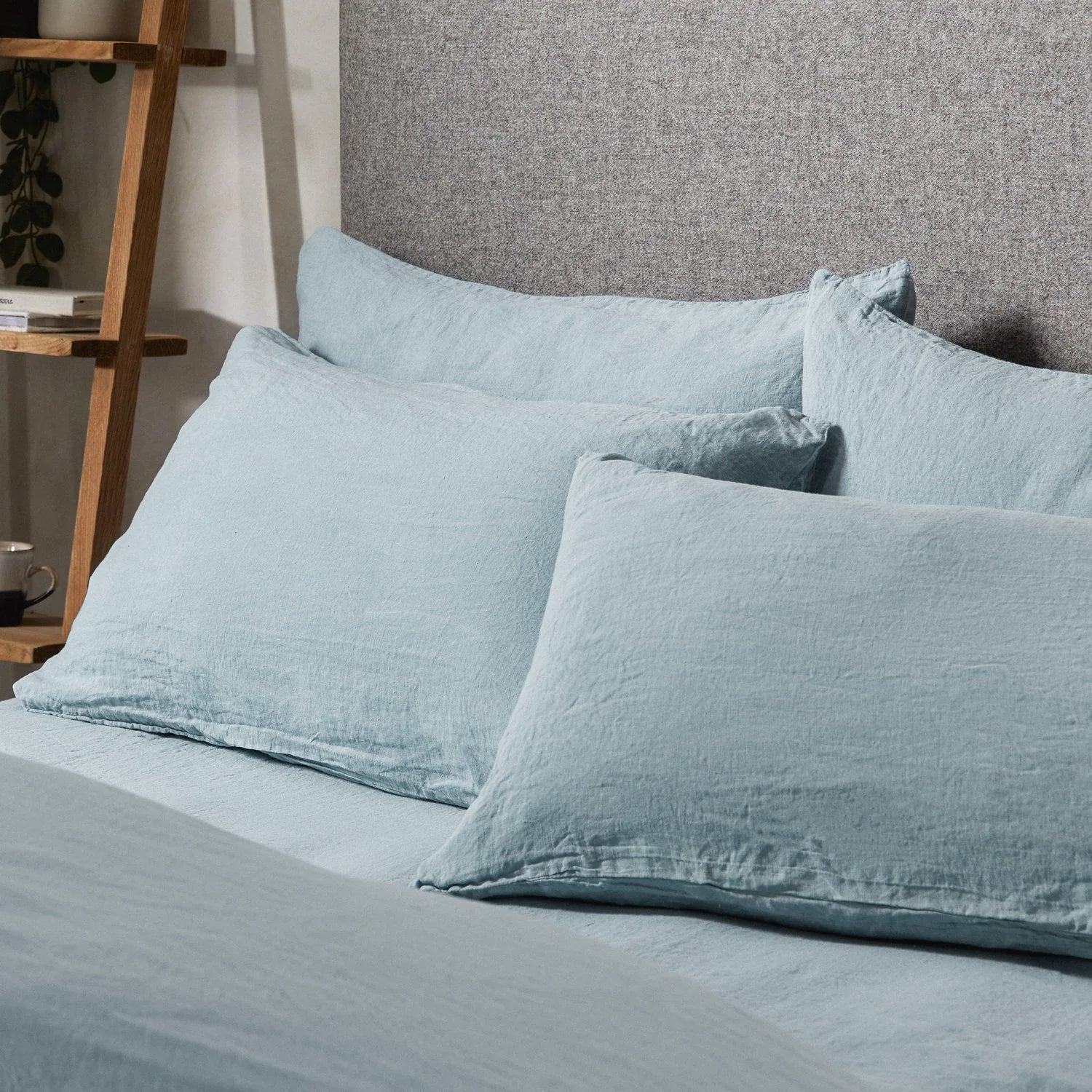If you’ve ever found yourself struggling with allergies that are worse at night, you’re not alone. Many people experience more allergy symptoms at night, making it hard to get a good night’s sleep. While the causes of nighttime allergies can vary, understanding why they happen and finding solutions is important for managing discomfort. Below, we’ll explore the causes behind this phenomenon, common symptoms, and solutions to help you sleep soundly.
Understanding Nighttime Allergies
Nighttime allergies are more common than many people realize and often disrupt sleep. Learning how to reduce allergens in the bedroom is one approach. But understanding why you get them will help you determine where to start. Here’s a look at common symptoms and causes of allergies at night and what they can mean for your health.
Common Symptoms of Nighttime Allergies
If you’ve ever wondered, “Why are my allergies worse at night,” the answer could lie in common triggers found in your bedroom. Nighttime allergies can manifest in many ways and intensify symptoms you experience throughout the day. Some common symptoms include:
- Nasal congestion
- Sneezing
- Itchy or watery eyes
- Runny nose
- Post-nasal drip
- Coughing
- Wheezing
- Skin rash or itching
These symptoms can range from slightly annoying to more disruptive, making it difficult to fall asleep or stay asleep during the night.
Nighttime Allergy Causes
Nighttime allergies can be triggered by several allergens that are especially problematic in the bedroom. Below are some of the common allergens you may be dealing with.
Dust Mites
One of the main reasons why allergies are worse at night is dust mites. These creatures love warm, humid environments, like bedding, pillows, and mattresses. They eat dead skin cells and multiply quickly in mattresses, pillows, and bedding.
When you sleep, you spend six to eight hours in close contact with dust mites, breathing them in and potentially triggering an allergic reaction. Bedding made from synthetic materials can exacerbate this issue by trapping moisture and creating the perfect conditions for dust mites.
Pet Dander and Indoor Allergens
If you’re a pet owner, your furry friend might be the culprit behind your nighttime allergies. Pet dander can be a major allergen for some people. Even if you don’t let pets in your bedroom, dander can easily spread throughout your home. Other indoor causes of nighttime allergies include cockroach droppings and household dust.
Mold
Mold thrives in moist, dark places, making bathrooms, basements, and even humid bedrooms a breeding ground for spores. These tiny spores become airborne and can trigger allergic reactions, especially when inhaled at night. For people with mold sensitivity, even low levels can cause issues like sneezing, congestion, and cough that disrupt sleep.
Pollen
While pollen is often considered an outdoor allergen, it can easily be brought into your home. During certain seasons, it’s common to carry pollen on clothes, shoes, and hair, where it makes its way to your bedroom. As you breathe in pollen particles throughout the night, you may experience worse allergy symptoms.
Impact on Sleep Quality
Nighttime allergies can have a significant impact on your sleep quality. The uncomfortable symptoms, like congestion, sneezing, and itching, can make it difficult to fall asleep and stay asleep, leading to
- Unrestful sleep
- Daytime fatigue
- Lower cognitive function
- Irritability and mood swings
If left untreated, nighttime allergies can become more serious health issues, such as
- Lower immune function
- Cardiovascular disease
- Mental health problems
How Your Comforter Could Be the Cause of Your Nighttime Allergies
Your comforter is often the main culprit behind why allergies are worse at night. As your body generates heat during sleep, your comforter can trap allergens like dust mites, pet dander, and pollen. These allergens are then close to your skin and respiratory system, making your nighttime allergies worse.
Comforters made from synthetic materials are particularly good at trapping allergens. These fabrics are less breathable than natural materials, creating an environment where allergens can thrive. Choose bedding materials that resist allergen buildup and are easy to clean to reduce your exposure to allergens.
4 Tips for Managing Nighttime Allergies
If you’re struggling with nighttime allergies, there are several steps you can take to reduce symptoms and improve your sleep quality. Here are a few tips to try.
1 - Keeping the Bedroom Allergen-Free
An allergen-free bedroom is one of the most effective ways to manage allergies at night. Start by washing your sheets, pillows, and blankets frequently to remove any allergens. You should also consider using dust-proof covers on your pillows and mattress to reduce allergens in your bedding. Keeping windows closed during allergy season can also help reduce airborne allergens.
2 - Improving Air Quality
Poor indoor air quality can cause respiratory problems and make allergy symptoms worse. To enjoy better air in your bedroom, consider using a HEPA air purifier to trap tiny allergens. Also, keep humidity levels low, as high humidity encourages dust mites and mold growth.
3 - Adjusting Evening Routines
Changing your evening routine can also help reduce exposure to allergens before bedtime. For example:
- Avoid bringing pets into your bed, especially if they’ve been outside or are shedding.
- Showering before bed helps remove allergens from your skin and hair.
- Washing your face can also prevent allergens from contacting your eyes and nose.
4 - Replacing Bedding With Hypoallergenic Products
Switching your bedding with hypoallergenic options is one of the most effective ways to manage nighttime allergies. Hypoallergenic pillows, blankets, and sheets can reduce exposure to allergens like dust mites, pet dander, and mold, making your sleeping environment much more comfortable.
Wool Bedding
If you struggle with allergies worsening at night, wool bedding may be your solution. Wool naturally repels dust mites and other allergens and provides a cleaner, healthier sleep environment. Wool is also very breathable, which helps regulate temperature and keeps moisture away from your body, reducing the likelihood of allergen buildup. Switching to wool bedding allows you to enjoy a more restful, allergy-free night.
Wool Mattresses
A wool mattress offers another layer of protection against allergens while improving the quality of your sleep. Wool’s natural properties make it resistant to dust mites and other common allergens. With a wool mattress, you can rest easy knowing your bed is free from allergens that can make allergies worse at night. Its temperature-regulating properties even help keep you cool in the summer and warm in the winter, so you’ll have a comfortable sleep environment year-round.
Bed Linen
Woolroom’s organic cotton bed linen enhances sleep by creating a clean, breathable environment that naturally supports deeper, more restful sleep. It’s made from 100% GOTS-certified organic cotton that’s naturally hypoallergenic and reduces allergens that might disrupt sleep. Its natural breathability works perfectly with wool’s temperature-regulating qualities, keeping you cool and dry even if you struggle with night sweats.
Wool Blankets & Throws
If you want to use an additional blanket for warmth but find traditional blankets make your allergies worse, wool blankets and throws offer a breathable, hypoallergenic alternative. Wool’s natural insulating properties keep you comfortable, and its allergen resistance helps alleviate nighttime allergies.
Sleep Better, Naturally
Switching to natural, hypoallergenic wool bedding can improve your sleep quality and reduce the impact of allergies at night. With wool’s natural ability to repel allergens and regulate temperature, you can finally rest easy and wake up refreshed. Check out Woolroom’s wool bedding options to create a healthier sleep environment.
Interested in learning more about how to get a better night’s sleep? Check out our Learning Hub for helpful tips, expert advice, and natural solutions to improve sleep quality.



